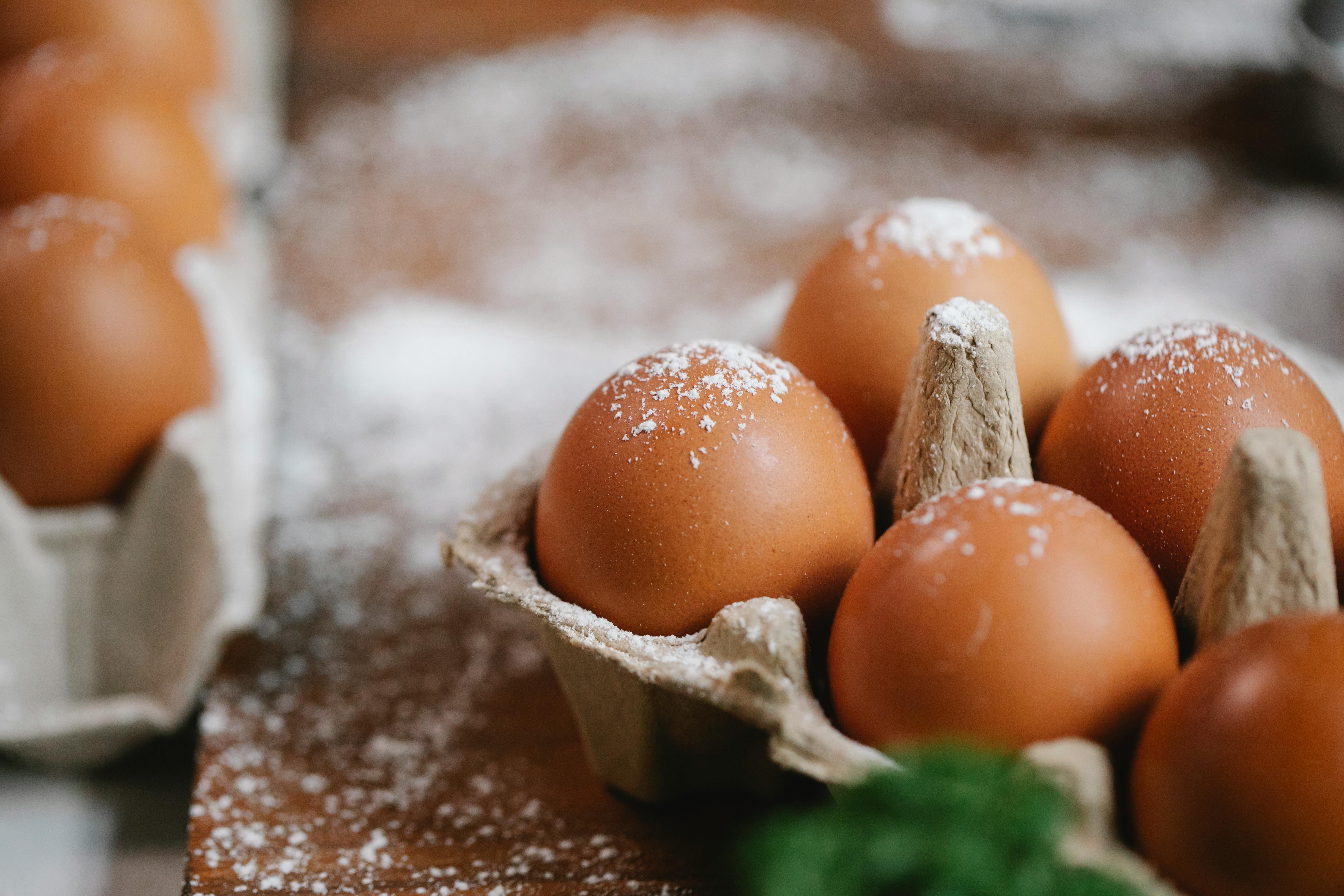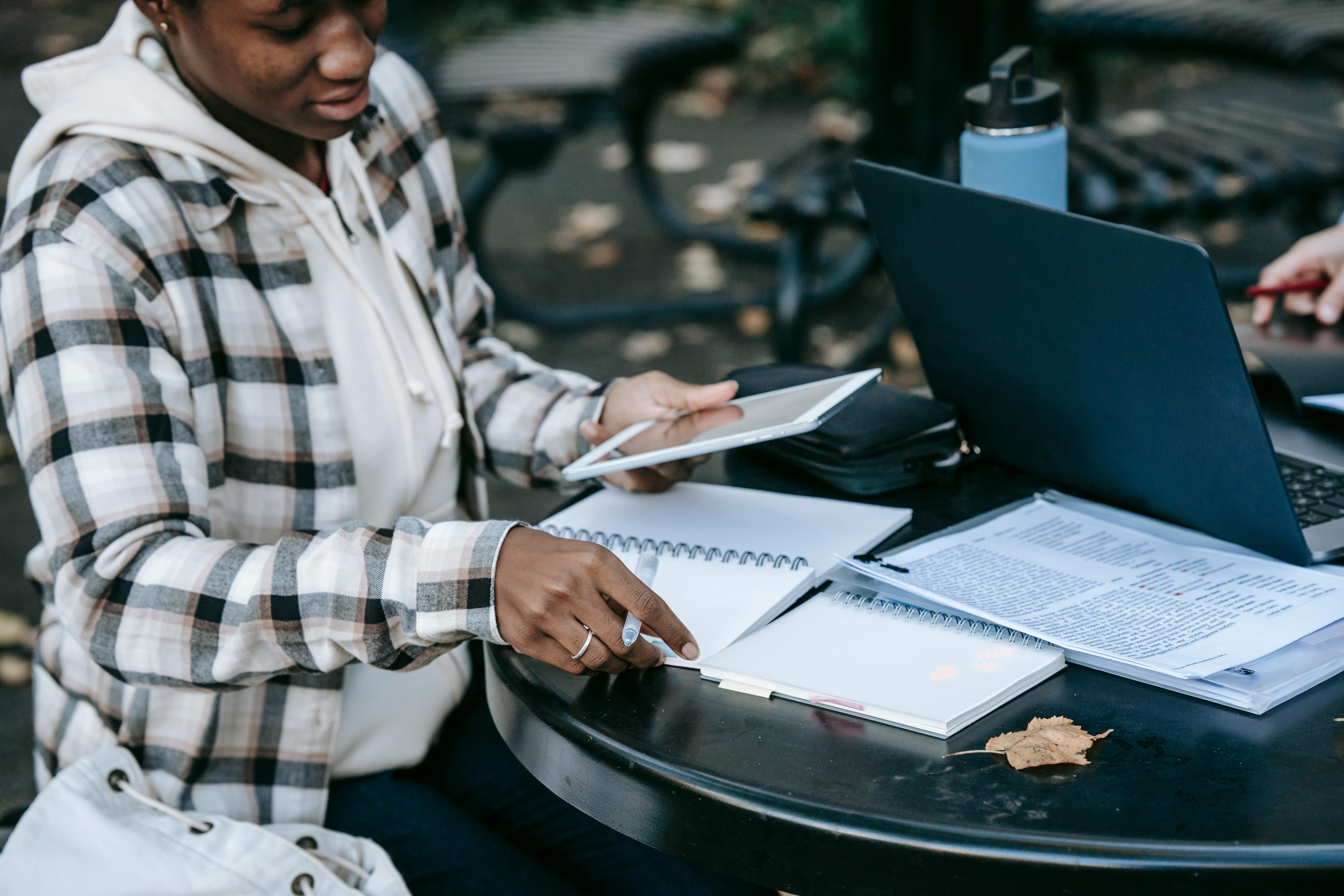Step 1. Some inspiration is needed
You can start by choosing an inspiration piece to help you get started. From this inspirational piece, you can choose your color palette, determining your primary and secondary (accent) colors. This is an inside trick used by professional interior designers and decorators, and it works! By using a “Tuscan look” painting or photograph, ceramics, or textiles (such as a rug or tapestry) you will have a starting point on which to build your room. This “trick” will give you a personal Tuscan color palette.
Step 2. Tidy up – clear the way
To set the stage and get your home ready for your new Tuscan flair, consider a good clutter cleanup. Clutter is the antithesis of Tuscan design. Package, sell, or give away anything that doesn’t meet the simplicity and functionality test!
Step 3. Consider your options
Remember that the goal is to cover your home with cozy Tuscan decorative elements. Your plan should be to create a feeling of warmth, charm, and simplicity in every room of your home. Your “toolkit” will contain your vision of your Tuscan home, those beautiful Tuscan colors, some well-chosen Tuscan furniture and accessories, and determination and perspiration (which could mean a paintbrush and palette!).
Step 4. Choosing where to start
If your family/living room and kitchen are “open concept” and/or connected, this offers the perfect opportunity to instantly recreate your Tuscan-style home.
However, starting with a smaller, less conspicuous room provides an opportunity to “experiment” with wall treatments and furniture, and a room can be less expensive to redecorate than a family room or kitchen.
Step 5. What furniture, lighting and accessories will you need?
Functionality is key, as is the rustic style of Tuscan decor. Think wood, wrought iron, ceramic… “simple and strong” instead of “fine and ornate”. It is not necessary (and indeed not desirable) to fill your room(s) with “matching” items. However, they must be functional pieces and can even serve more than one purpose. A bank, for example, can be opened for storage. Quality and durability are the key.
Step 6. Take an inventory the Tuscan style
Consider which Tuscan design elements you already have, which ones you want to keep, and which ones you’d like to replace (for example, you may already have stone or hardwood floors, which you love, but a Victorian kitchen table that could “find a new home!” “).
Step 7. Choose your colors
Select your favorite colors from your Tuscan-inspired piece or from a Tuscan color palette. Start with decisions about walls, which can transform a room faster than anything else, whether it’s a paint treatment, texture treatment, or wallcovering. If you want a plaster-like finish on a “plain” (very Tuscan!) wall, you can choose a texturing treatment (for example, a faux finish) or use some of the new textured wallcoverings. Some of these finishing techniques require a professional painter/wall hanger or a determined fervor!
And before you finalize your color palette, look at the function and mood of the room and the exposure it has (its natural light sources) before choosing “warm” or “cool” colors from his Tuscan color palette.
Step 8. Creating a plan
Planning ahead will give you the opportunity to determine how much you will spend on the project (by setting a budget) which is vital to avoiding the stress sometimes associated with redecorating projects.
Decide the scope and schedule of the project, and whether it will be done incrementally or all at once. Will you do it alone, using professional contractors and designers, the help of friends, or a combination?
Be realistic: it’s likely to cost more than you think, so be conservative, too. Set a budget and fit things into it. You can always add items later as your finances and inclination allow.
Step 9. Roll up your sleeves and get started!
Maximum impact, right away, will come from starting with the walls, so consider a paint treatment, texture treatment, or wallcovering. Alternatively, floors (if this is part of your overall plan) will also create a tremendous instant impact. If budget is a consideration, remember that Tuscan design allows (indeed encourages) us to use and elevate humble materials. Antiques and salvaged ironwork are turned into decorative art; Weathered wooden chairs are prized for their rustic simplicity. Look at the furniture with a new “old” eye.
You are now ready to go ahead and start transforming your home into a bit of Tuscany!
Copyright 2008. Extract from Decorating in the Tuscan Style, the 162-page eBook packed with tips and techniques (and lots of photos) to help you transform your home and garden into the heart and soul of Tuscany. For more information on Tuscan decor, visit http://www.intheTuscanstyle.com.


